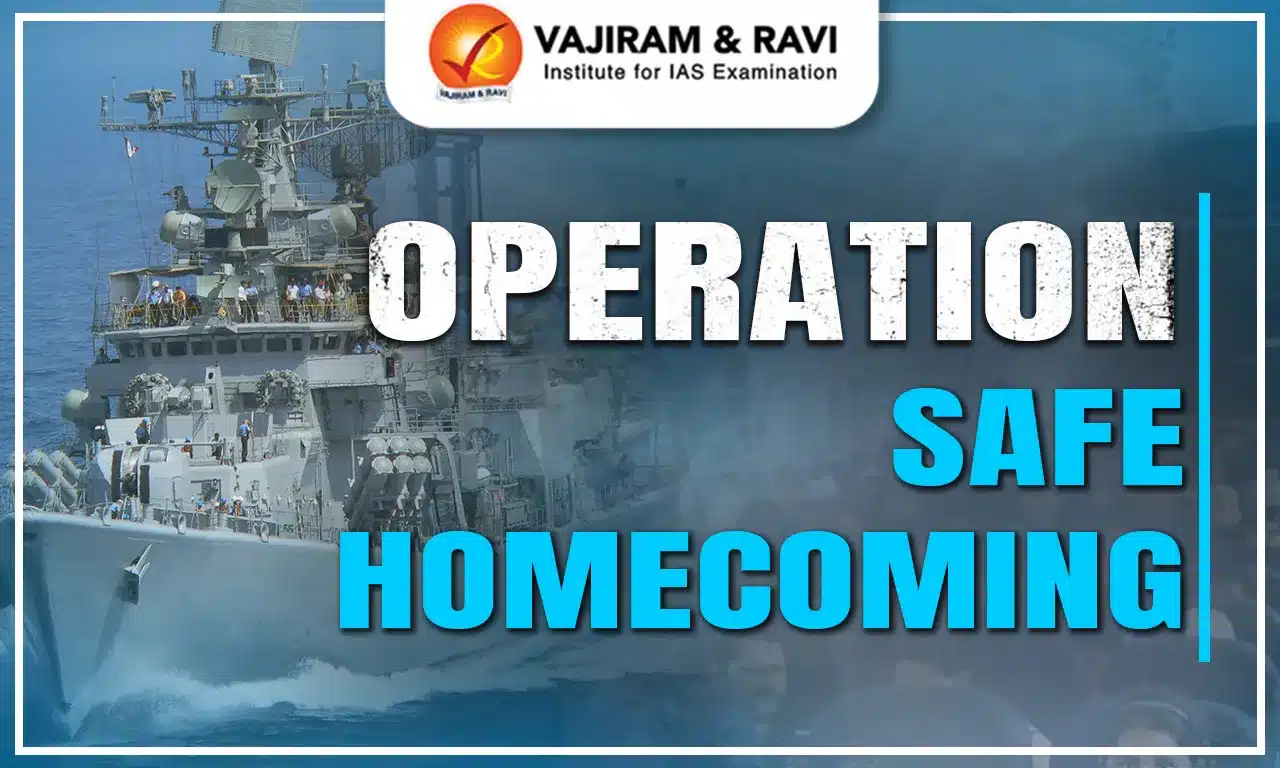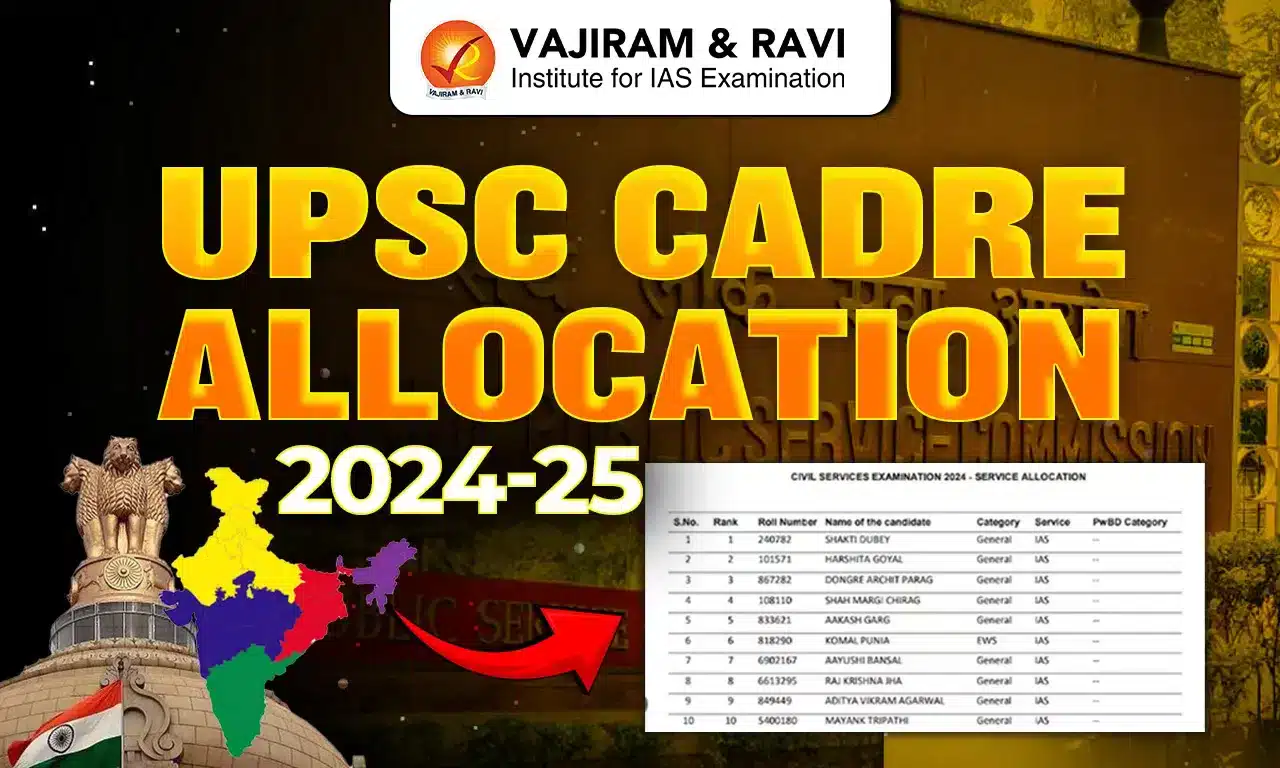Operation Safe Homecoming was a major humanitarian and evacuation mission launched by the Government of India in 2011 to rescue Indian nationals stranded in Libya during the outbreak of civil unrest and violence. With Libya plunging into chaos following anti-government protests against Muammar Gaddafi’s regime, the lives of thousands of foreign workers including over 18,000 Indians were at severe risk.
Operation Safe Homecoming stands as a remarkable example of India’s capability to protect its citizens abroad during emergencies. Coordinated by the Ministry of External Affairs (MEA) in collaboration with the Indian Air Force (IAF), Indian Navy, and Air India, the mission is widely regarded as one of India’s most successful non-combatant evacuation operations (NEOs).
Also Read: Operation Sindoor
Operation Safe Homecoming Background
In February 2011, inspired by the Arab Spring, large-scale protests erupted in Libya against the 42-year rule of dictator Muammar Gaddafi. The unrest quickly escalated into a full-blown civil war, when Gaddafi used government forces to hit back protestors. This led to widespread violence, infrastructure collapse, and a nationwide humanitarian crisis.
Foreign nationals, especially migrant workers from countries like India and Bangladesh were caught in the middle of a rapidly deteriorating situation. With airports shut, roads blocked and the collapse of communication systems, expatriates were left with few to escape.
Operation Safe Homecoming Response
The Indian government sprang into action as soon as reports of violence were public. Libya was home to approximately 18000 Indian citizens who were majorly employed in the oil extraction, construction, and healthcare sector.A swift and coordinated evacuation plan was made and executed. The Ministry of External Affairs, under then Foreign Minister S.M. Krishna, established an emergency response team and initiated Operation Safe Homecoming on February 26, 2011.
Also Read: Operation Devi Shakti
Operation Safe Homecoming Evacuation Strategy
With the whole country being under chaos and mass scale violence, the primary aim of Operation Safe Homecoming was to evacuate maximum people in minimum possible time. Thus India put together a multimodal evacuation strategy involving all- Air, Sea, and Land Routes.
The multi-pronged approach brought together - Indian Navy, Air India, MEA officials, the Indian Embassy in Tripoli, Embassy in Tunisia and Egyptian Government
-
By Air:
-
-
- Special Air India flights were chartered from Tripoli and later from Djerba (Tunisia) and Alexandria (Egypt).
- Nearly 18 commercial and special flights were operated during the Operation Safe Homecoming
- These flights transported evacuees from Libya to New Delhi and Mumbai, often via intermediary countries.
- Certain private airlines were also contacted to adjust the evacuees who crossed over to Tunisia and Egypt
- Special Air India flights were chartered from Tripoli and later from Djerba (Tunisia) and Alexandria (Egypt).
-
-
By Sea:
-
-
- The Indian Navy dispatched INS Jalashwa (formerly USS Trenton) and two merchant vessels, MV Scotia Prince and MV La Superba to Libyan ports like Benghazi and Tripoli harbour to evacuate Indian and Bangladesh Nationals from there.
- These ships ferried evacuees to safer locations such as Alexandria, from where they were flown back to India.
- The Indian Navy dispatched INS Jalashwa (formerly USS Trenton) and two merchant vessels, MV Scotia Prince and MV La Superba to Libyan ports like Benghazi and Tripoli harbour to evacuate Indian and Bangladesh Nationals from there.
-
-
By Land:
-
- Indian workers in remote areas were transported to drive to neighboring borders like Tunisia and Egypt, where consular officials assisted with documentation and temporary shelter.
- Indian workers in remote areas were transported to drive to neighboring borders like Tunisia and Egypt, where consular officials assisted with documentation and temporary shelter.
Operation Safe Homecoming Diplomatic Synergy
Operation Safe Homecoming required high-level diplomacy, as Libya’s internal conflict made operations extremely dangerous. The Indian government:
- Coordinated with international agencies and foreign governments to secure air and sea clearances
- A temporary arrangement was made with certain formalities for Indian nationals who crossed border and entered other countries via informal routes
- Sent special consular teams to neighboring countries
- Deployed Indian Air Force aircraft to transport essential supplies and rescue personnel
- Established helplines and control rooms in India and the region
Operation Safe Homecoming Outcome
By the end of the mission on 11 March 2011, more than 15,000 Indian nationals and a considerable number of Bangladesh nationals were successfully evacuated from Libya. This marked Operation safe Homecoming as one of the largest civilian evacuation operations conducted by India after Operation Airlift.
While some Indians chose to stay back due to personal or professional reasons, the government ensured that every possible assistance was provided to all who registered for evacuation. The synchronized effort of all parties ensured completion of Operation Safe Homecoming without a single loss of Indian life.
Operation Safe Homecoming International Recognition
Operation Safe Homecoming was lauded both domestically and internationally. Countries like the United States and the United Kingdom even took cues from India’s evacuation model, recognizing it as cost-effective, swift, and people-centric.
The mission demonstrated:
- India’s commitment to citizen welfare and global humanitarian norms
- The efficiency of its crisis management systems
- The capability of its armed forces and diplomatic personnel in handling overseas emergencies
Operation Safe Homecoming Significance
- Operation Safe Homecoming set a new benchmark for India’s emergency diplomacy. Every similar subsequent operation like Operation Raahat, Operation Maitri, Vande Bharat Mission and Operation Ganga built upon the logistical, diplomatic, and strategic frameworks followed during Operation Safe Homecoming.
- It Strengthened public confidence in Government institutions and helped shape a positive and trustworthy image of Government both nationally and internationally.
- It also highlighted the importance of:
- Maintaining accurate records of Indian nationals abroad
- Having a robust consular network and communication system
- Investing in quick-response capabilities within the armed forces and civil aviation sectors.
Last updated on December, 2025
→ Check out the latest UPSC Syllabus 2026 here.
→ Join Vajiram & Ravi’s Interview Guidance Programme for expert help to crack your final UPSC stage.
→ UPSC Mains Result 2025 is now out.
→ UPSC Notification 2026 is scheduled to be released on January 14, 2026.
→ UPSC Calendar 2026 is released on 15th May, 2025.
→ The UPSC Vacancy 2025 were released 1129, out of which 979 were for UPSC CSE and remaining 150 are for UPSC IFoS.
→ UPSC Prelims 2026 will be conducted on 24th May, 2026 & UPSC Mains 2026 will be conducted on 21st August 2026.
→ The UPSC Selection Process is of 3 stages-Prelims, Mains and Interview.
→ UPSC Result 2024 is released with latest UPSC Marksheet 2024. Check Now!
→ UPSC Prelims Result 2025 is out now for the CSE held on 25 May 2025.
→ UPSC Toppers List 2024 is released now. Shakti Dubey is UPSC AIR 1 2024 Topper.
→ UPSC Prelims Question Paper 2025 and Unofficial Prelims Answer Key 2025 are available now.
→ UPSC Mains Question Paper 2025 is out for Essay, GS 1, 2, 3 & GS 4.
→ UPSC Mains Indian Language Question Paper 2025 is now out.
→ UPSC Mains Optional Question Paper 2025 is now out.
→ Also check Best IAS Coaching in Delhi
Operation Safe Homecoming FAQs
Q1. What is Operation Safe Homecoming?+
Q2. Who was the ruler of Libya in 2011?+
Q3. Who was the External Affairs Minister of India in 2011?+
Q4. Why did Civil war broke out in Libya?+
Tags: operation safe homecoming operation safe homecoming upsc

















